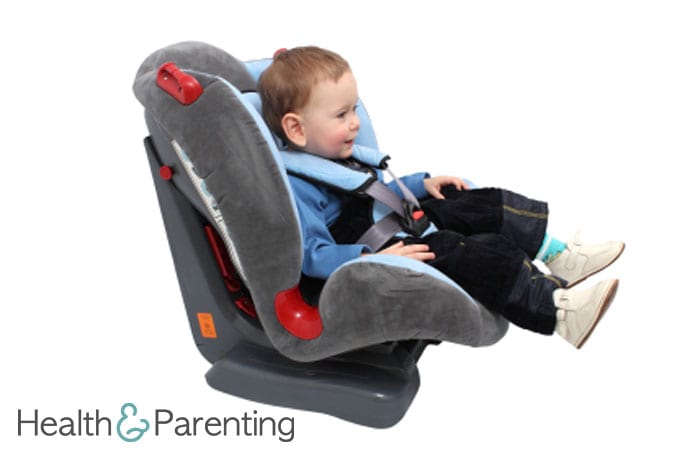What causes round ligament pain?
Some women experience aching in the lower tummy during pregnancy. This aching is completely normal and is caused by your expanding uterus. Pregnancy hormones cause your muscles and ligaments to become more flexible. This allows them to continue supporting your uterus as it balloons in size. The round ligament holds your uterus in place, and is put under increased pressure as your uterus grows.
Round ligament pain will be most noticeable when you change positions too quickly, especially if you have been in the same position for a long period. It may also ache when you cough or sneeze.
Many women find that the discomfort worsens during the last few weeks of pregnancy. As the baby’s head engages, you may find that the ache becomes more obvious. This discomfort should disappear straight after childbirth though.
Coping with the discomfort
Unfortunately there is no cure for round ligament pain. However, you may find the following tips useful:
- Slow down – take your time getting out of bed, climbing out of cars and standing up. By taking things slow, you allow your muscles time to adapt as you change position.
- Try Yoga – attending a prenatal yoga course will help you to learn positions that will strengthen your muscles. There are a number of yoga positions that are particularly helpful for easing the discomfort caused by round ligament pain.
- Rest – make sure you are getting enough rest. Relax comfortably as often as you can to ease the strain on your body.
- Bend and flex – if you are about to sneeze, cough or laugh heartily, try bending and flexing at the hips.
- Have a massage – prenatal massage can be a great way to tackle the aches and pains during pregnancy. Tell your masseuse that you would like a massage to help with the discomfort of round ligament pain.
- Get support – Placing a pillow between your knees when lying down may also help.
If you have tried the above and are still suffering, ask your healthcare provider for advice. They may be able to advise you on a suitable pregnancy girdle or belt to help support your bump. The girdles or belts available these days are easily disguised under clothing, and may offer some relief.
When to call your healthcare provider
You should contact your healthcare provider immediately if the aching is accompanied by any of the following symptoms:
- Vaginal bleeding
- Sharp pain
- Cramping
- Fluid loss from your vagina
- Fever or chills
- Feeling faint
- Painful urination
Written by Fiona (@Fiona_Peacock), mother, writer and lover of all things baby related.
This information is not intended to replace the advice of a trained medical doctor. Health & Parenting Ltd disclaims any liability for the decisions you make based on this information, which is provided to you on a general information basis only and not as a substitute for personalized medical advice. All contents copyright © Health & Parenting Ltd 2018. All rights reserved.




















